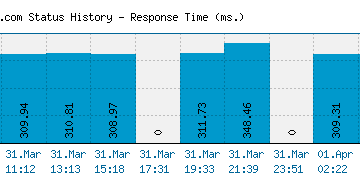The Importance of X Age Verification in the Digital Age
Introduction
As digital platforms continue to grow and evolve, the issue of age verification has surfaced as a critical concern for safeguarding minors online. X Age Verification plays a vital role in ensuring that young users do not have access to inappropriate content and that their online interactions are safe. With an increase in web use among children and teenagers, it is imperative for platforms to implement robust age verification systems to protect vulnerable demographics.
Recent Developments and Statistics
In recent months, several high-profile incidents involving minors accessing harmful content have reignited the debate surrounding X Age Verification. According to a report by the UK Safer Internet Centre, approximately 26% of children aged 8-17 have stumbled upon explicit content while browsing. This alarming statistic underscores the urgency of establishing stricter age verification protocols.
In 2023, the UK government has proposed new legislation aimed at tightening age verification measures across various online platforms, including social media and gaming sites. The proposed regulations would require operators to implement age checks before allowing users to access adult content, which would significantly reduce minors’ exposure to inappropriate material.
Why Age Verification is Crucial
Implementing X Age Verification is essential not only for complying with legal standards but also for fostering a safe online environment for users of all ages. Without proper age checks, platforms risk being exploited by malicious actors who seek to take advantage of unsupervised minors.
Furthermore, age verification can enhance the credibility and reputation of a platform. By demonstrating a commitment to user safety, platforms can build trust with their audience, leading to increased user engagement and loyalty.
Challenges in Age Verification
Despite its importance, X Age Verification is not without challenges. Privacy concerns often arise, as users may hesitate to share personal information, fearing data breaches or misuse of their data. Furthermore, the technology available for age verification is still evolving, with many systems prone to abuse, such as fake IDs or fabricated information.
Conclusion
In summary, X Age Verification is a fundamental aspect of online safety that requires immediate attention from regulators, companies, and users alike. As digital landscapes become more complex, the need for effective age verification systems will only grow. The proper implementation of these measures could significantly reduce the risk of harm to minors and create a safer internet for future generations. It is imperative for stakeholders to collaborate in developing solutions that protect both the privacy of users and the security of vulnerable populations.









